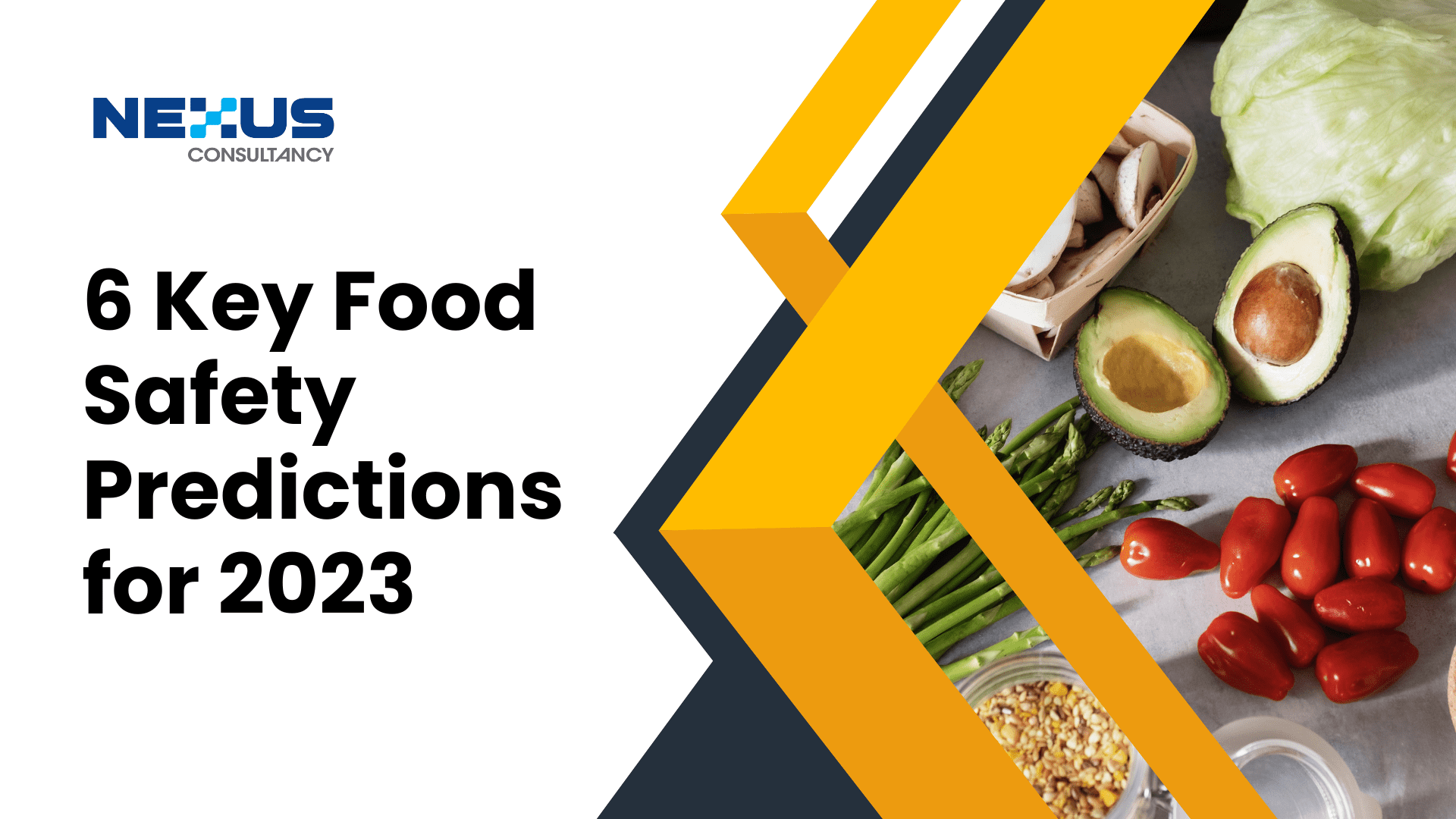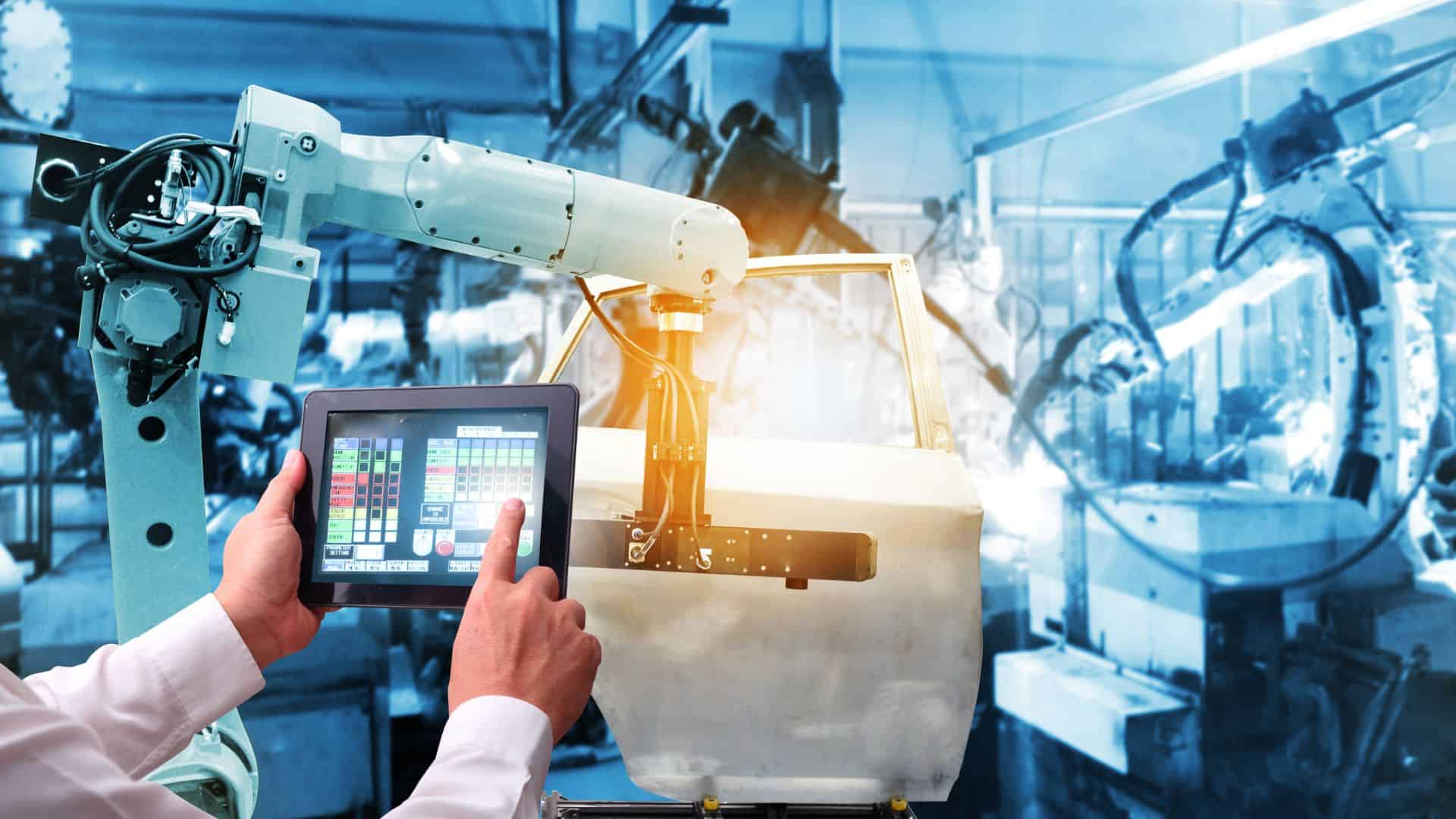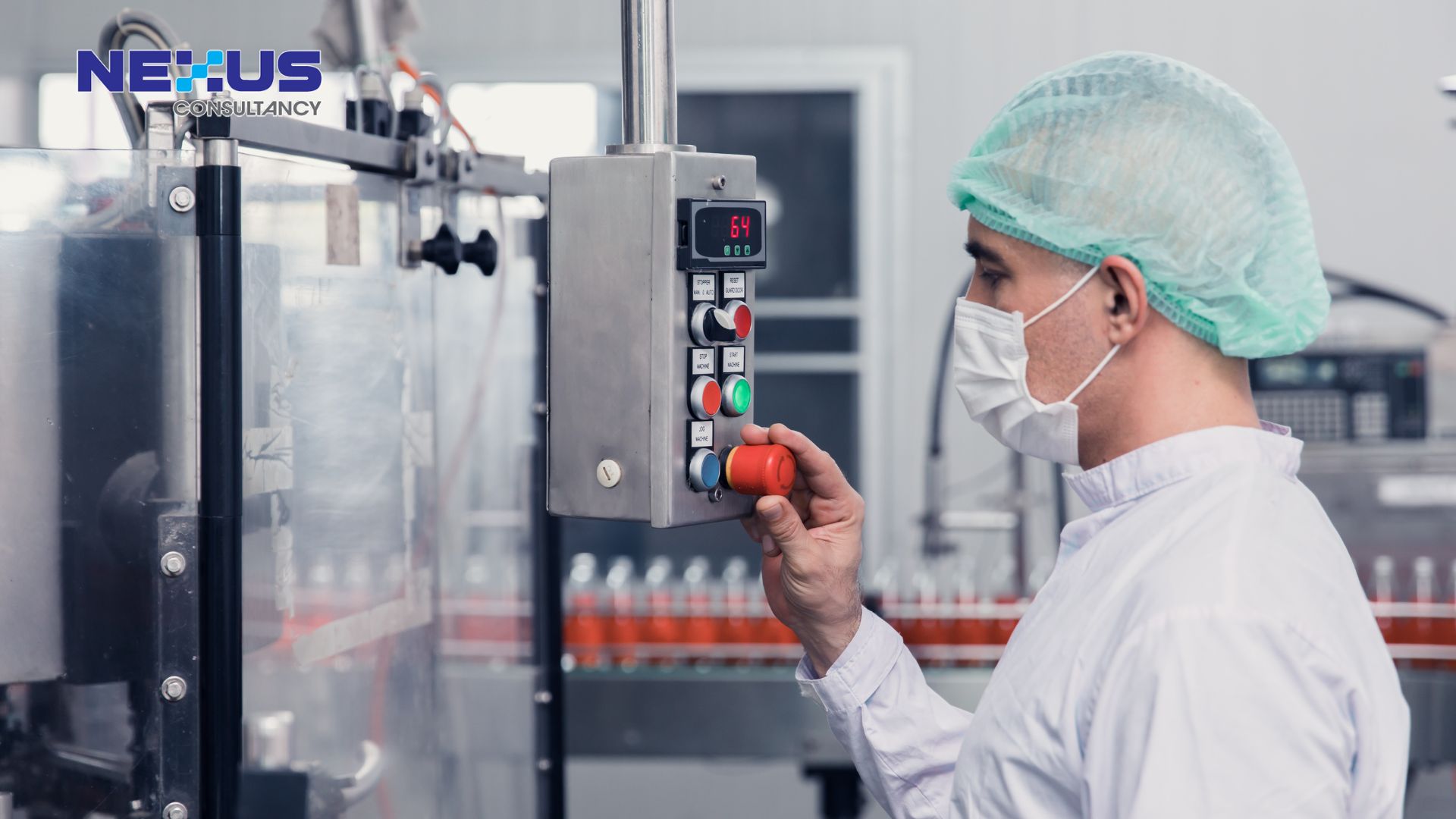
Danielle Tan
Chief Operating Officer
Food safety and quality software company Novolyze predicts more consumer demand for food traceability, as well as increased industry digitization, in 2023.

As 2022 winds down, professionals in the food safety industry are looking back on the year’s most noteworthy developments and forward to the developments that will have the greatest impact in 2023. With that in mind, Novolyze founder and CEO Karim-Franck Khinouche compiled the following six predictions for the future of food safety. Khinouche has a master’s degree in business development from EM Lyon and a background as a food scientist engineer. Some of the largest food producers in the world are clients of his firm, which helps them improve productivity by digitizing their food quality and safety processes.
What Khinouche thinks will happen is as follows:

#1 More Transparency Will Be Desired by Consumers
Although food traceability has been a hot topic for some time, it has really taken off in the past year, especially since the start of Covid-19. People these days are more concerned about the provenance of their food than ever before, something that used to be taken for granted by the food industry. Traceability is predicted to receive even more attention and investment in the industry in 2023.
As the world moves toward a more transparent food industry, the need for traceability in food safety is becoming increasingly important. The increasing demand for food transparency and traceability is driven by a number of factors, such as consumer demand for safe, healthy, and ethically sourced food, as well as the need to comply with food safety regulations. By 2023, these pressures will only have increased, making traceability an unavoidable necessity for any food business.
Traceability is the ability to track food from its origin to its destination, providing details on where and how the food is produced, processed, and distributed. This information helps ensure that food is safe and of the highest quality. In addition, traceability helps combat food waste, as it allows companies to quickly identify and recall products that may be contaminated or otherwise unsafe.
In 2023, traceability will be more important than ever before. Consumers will continue to demand greater transparency from food companies, and regulators will continue to put in place ever-stricter food safety regulations. Companies that are able to demonstrate a clear and transparent supply chain will be more likely to win the trust of their customers and to remain compliant with the law.

#2. Focus on Long-Term Sustainability
The concept of sustainability is deeply ingrained within the food business. However, Khinouche anticipates that the true commercial value of sustainability will be revealed in the year 2023. It’s not just aesthetically pleasing; it also makes financial sense for the company’s owners. The trend toward more sustainable production practices will gain traction as businesses begin to see their potential for profit. As more and more businesses join the sustainability bandwagon, metrics will be developed to evaluate how well various brands are meeting their sustainability goals. Those who don’t make sustainability a top priority in the year 2023 will fall further behind.
Sustainability in food safety involves a variety of practices. These include proper handling of food, proper storage and transportation, and the use of sustainable production methods, such as organic farming and crop rotation. Additionally, it also involves the use of environmentally-friendly packaging and labeling.

#3. Strengthen Your Audit Readiness
Audits of food plants are increasingly being conducted in-person, and this trend will continue to pick up steam in 2023. The pandemic caused by the COVID-19 virus has returned to something resembling a normal state. As a consequence of this, we should be prepared for a greater number of product recalls as auditors uncover issues that may have been overlooked throughout the past many years due to the fact that audits have been conducted digitally. Now that all of the facilities are fully operational, it is absolutely necessary to check that everything is in order to guarantee that audits go off without a hitch.
Audit readiness is important for any food business, as it helps to ensure that the food company is compliant with food safety regulations and is following food safety best practices. Audit readiness also helps to identify any gaps in the food safety system and gives the company an opportunity to make necessary changes.

#4. Technology Will Continue to Bridge the Labor Shortage Gap
The shortage of available workers has been a prominent topic of discussion in several fields, including the food industry, over the past year. Quality assurance managers nowadays are older than ever before. Finding skilled persons with a desire to work in this field has gotten increasingly challenging. In 2023, Khinouche anticipates that artificial intelligence and machine learning will play a pivotal role in assisting the sector in making up for the existing labor shortfall.
Technology is becoming increasingly prevalent in the food industry, with automated processes for everything from food production to food delivery. Automated processes can help reduce labor costs, increase efficiency, and make food production easier and faster. For example, automated robots can take over tasks such as sorting, packing, and labeling food products, freeing up human workers to focus on more complex tasks.
In addition to automation, technology can also help bridge the labor shortage gap by helping to recruit and retain talent. Technology-based recruitment tools can make it easier to find and hire qualified workers, while employee engagement and retention platforms can help to keep workers satisfied and motivated. Technology can also be used to help train and educate workers so they can perform their jobs more effectively.
Finally, technology can also help bridge the labor shortage gap by improving productivity. By streamlining processes and making them more efficient, technology can help reduce labor costs and increase profits. For example, cloud-based software.

#5. Always Have Your Crisis Manager Close By
The function of social media in times of food scarcity will continue to grow in importance. Due to the rapid pace and never-ending nature of modern news coverage, a food crisis can feel like an emotional roller coaster. Since there is always a new story to hear, people have a tendency to skip to the next one rapidly. In 2023, this will be a good thing for crises involving food safety, but it will make it even more important to have a crisis management who is well-versed in social media and its intricacies.
The role of a crisis manager in food safety is an important one, as they are responsible for maintaining and improving the quality of food products and services. They are often tasked with responding to incidents and managing the associated risk of food contamination and other food safety issues.
Crisis managers are in charge of identifying, assessing, and controlling risks related to food safety. They are responsible for developing and implementing plans to reduce the risk of food contamination, such as designing and monitoring food safety systems, conducting safety audits, and providing training and education.
They are also involved in the investigation of food safety issues and the implementation of corrective actions. They may also be called upon to oversee the investigation of food-borne illness outbreaks, coordinate with government agencies, and provide guidance and advice to organizations on food safety regulations.

#6. The Need for More Digitalization
It’s taking time for the food safety business to implement AI and digitize as many processes as feasible. Approximately 50% of today’s food safety business makes use of AI in some capacity. While many in the industry may dream of a big digitization product that leads to a complete makeover of the industry, the more practical approach is to employ AI and machine learning to solve individual problems as they arise. As time goes on, digitalization of food production facilities is expected to accelerate. Khinouche sees an even greater digital push in the food market in 2023.
Automated food safety monitoring systems will become increasingly common in 2023. These systems will use sensors and other technologies to monitor food safety in real time. They will be able to detect potential food safety issues and alert the appropriate authorities.
By 2023, big data will be used more extensively to monitor food safety. Companies will be able to collect, analyze and act upon data from multiple sources, such as consumers, suppliers and retailers. This data will be used to identify and address potential safety issues, as well as to improve the efficiency of food safety measures.
Conclusion
Food safety prediction in 2023 will have a major impact on the food business. Technology and data analytics will continue to evolve and provide greater insights into food safety trends, allowing businesses to better manage their risk and ensure the safety and quality of their food products. Consumers will also benefit from improved food safety as it will reduce the risk of foodborne illnesses and foodborne-related deaths. As a result, the food business will be better equipped to meet the ever-growing demands of customers and keep up with the latest food safety regulations.






